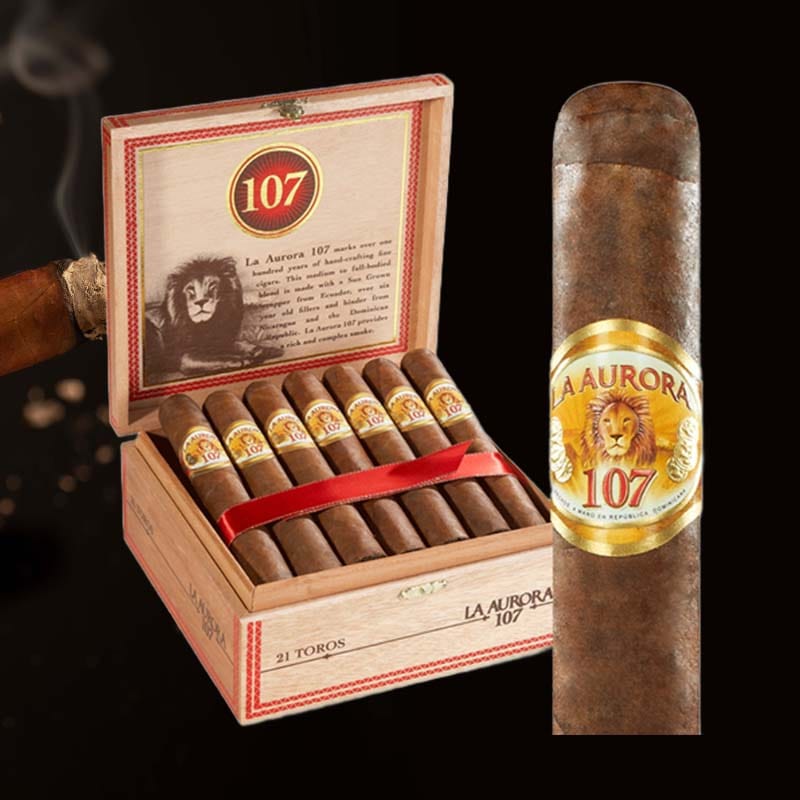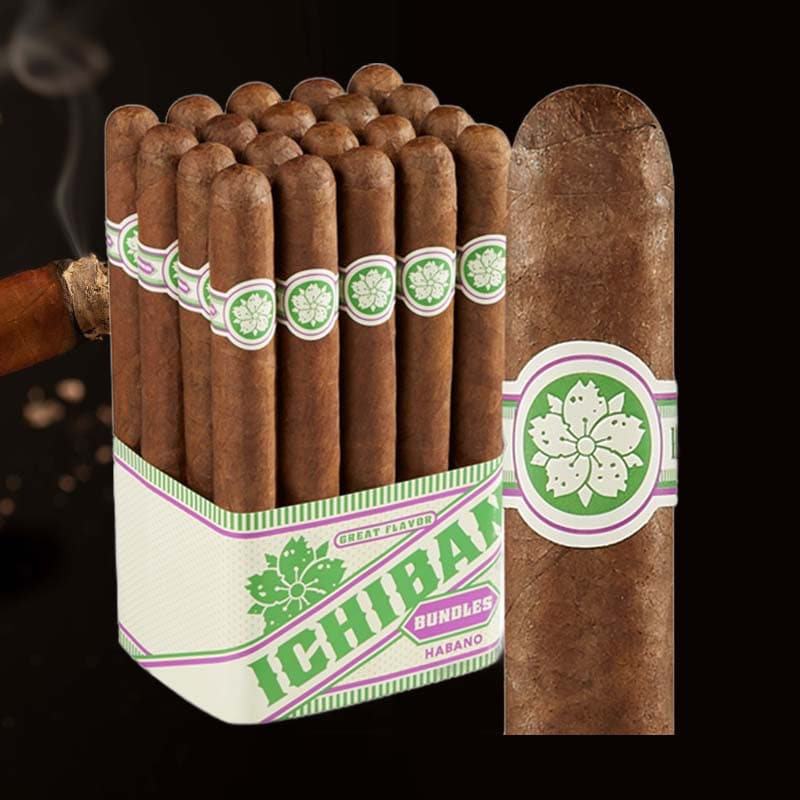Butane torch won't ligh
As a cigar enthusiast, nothing is more frustrating than reaching for my trusted butane torch only to find that it won’t light when I need it the most. I’ve been there, pacing back and forth, the anticipation of enjoying a fine cigar turning into disappointment. This article explores the common causes and solutions for when your butane torch refuses to ignite.
Why is my butane torch not lighting?
Understanding the underlying reasons why your butane torch won’t light is the first step toward resolving the issue. Sometimes, it’s simple and easy to fix, while other times it can lead to a more complicated problem that needs thorough troubleshooting.
Possible Causes for a Non-Functioning Torch
- Clogged nozzle
- Ignition system failure
- Low or empty fuel
- Fuel leak
- Humidity affecting the ignition
Common Issues with Butane Torches

Like any tool, butane torches can develop quirks and faults that can hinder their functionality. I often find that identifying these symptoms can lead to quicker fixes.
Understanding the Symptoms
- No gas flow – You might hear a hissing sound but see no flame.
- Sparks without ignition – The torch produces sparks, but the flame won’t catch.
- Flame too weak – If it lights but goes out quickly, that’s an immediate red flag.
- Unusual noise – Hissing or popping might indicate a more serious problem.
Troubleshooting Steps for a Torch That Sparks but Won’t Light

It’s disheartening to have a spark without a flame. Here’s a structured approach to troubleshoot your torch effectively.
Ignition System Check
First, check the ignition settings; sometimes a simple adjustment can work wonders. Ensure there’s no debris blocking the ignition, as it can inadvertently cause failure. If your torch has a flint, inspect it closely for wear and tear.
Weak Flame Issues

Having a weak flame can ruin the experience, especially during moments when precision is needed while lighting up a cigar.
Adjusting the Flame Settings
- Turn the flame adjustment dial – This is often the most straightforward fix.
- Inspect for obstructions – Ensure that the nozzle is free from any debris.
Fuel Leak Troubleshooting
Fuel leaks can pose hazards and should be addressed immediately. It’s crucial to regularly check for leaks for safety.
Identifying Signs of a Leak
- Smell of butane – If it smells like gas, there’s likely a leak.
- Visual inspection – Look for bubbling or wet spots around the joint connections.
Out of Fuel? How to Check

Running out of fuel can be an easy oversight, particularly during extensive use. Here’s how to assess if you’re out of butane.
Refueling Your Butane Torch
- Look for the fuel indicator – Many torches have a window that shows fuel level.
- Refill according to the manufacturer’s guidelines.
Cleaning Your Torch for Optimal Performance
Regular cleaning can greatly enhance performance and longevity. I often make it a point to clean my torch after every few uses.
Tools and Techniques for Effective Cleaning
- Use a soft brush to remove debris from the nozzle.
- Isopropyl alcohol can be a great cleaning agent for deeper cleans.
Resolving Unusual Noises

Unusual sounds like hissing can indicate larger issues that need immediate attention.
Identifying a Hissing Sound
A hissing sound suggests a potential gas leak. If you hear this noise, turn off the torch, and check for fuel leakage before attempting to reignite it.
Humidity and Its Impact on Your Torch

High humidity can affect the performance of your butane torch, especially in outdoor or unregulated environments.
How to Store Your Torch Properly
- Keep your torch in a dry, climate-controlled area.
- A protective case can prevent moisture accumulation.
Safety Features That Might Affect Performance

Many butane torches come with safety features that can sometimes hinder their functionality. Understanding this aspect can save time and frustration.
Understanding Safety Mechanisms
- Child safety locks – Ensure these are properly disengaged before lighting.
- Pressure release settings – These may need adjustment depending on use.
Preventing Common Butane Torch Problems
Preventative measures can save you from potential headaches later on. I’ve learned that a proactive approach is often the best route.
Regular Maintenance Practices
- Check and replace the flint regularly.
- Perform routine cleanings every few uses.
Using High-Quality Butane

The type of butane you use can make a significant difference in your torch’s performance.
The Importance of Fuel Quality
Always opt for high-quality butane; impurities can cause clogging and ignition issues. I’ve found that sticking to reputable brands pays off significantly.
Check the Flint and Ignition System
Flint plays a critical role in the ignition mechanism. A worn flint can lead to faulty operation.
How to Inspect and Replace Flint
- Remove the ignition cover to gain access.
- Replace the flint if it’s worn or depleted.
Steps to Bleed and Refill Your Butane Torch

Refilling your torch isn’t just about pouring in butane; you must also bleed it for optimal performance.
Preparing Your Torch for Refueling
- Place your torch upside down and press the nozzle to release any excess gas.
- Allow it to stand for a few minutes before refueling.
Quick Fixes for a Torch That Won’t Start

In a pinch, quick fixes can often get my torch back to working order without fuss.
Simple Solutions to Get You Going
- Turn off and restart your torch.
- Adjust the flame settings again – you may be surprised!
Contact Support for Persistent Issues

If troubleshooting doesn’t yield results, reaching out for professional help can save time.
When to Seek Professional Help
Seek help if you notice prolonged issues such as persistent leaking or no reaction during ignition after multiple attempts. Professional guidance can prevent safety hazards.
FAQ
How to fix a butane lighter that won’t light?

Ensure it’s filled with butane, check the flint, and clean any debris blocking the ignitor. Adjusting the flame settings can also often help.
Why is my butane torch hissing but not lighting?
A hissing sound may indicate a gas leak. Inspect for leaks around fittings and joints, and ensure the fuel tank is properly sealed.
Why won’t my butane torch light after refill?

After refueling, air can get trapped in the system. It’s essential to bleed the torch before attempting to ignite it again.
How to fix torch not lighting?

Start by checking for fuel, ensure there are no blockages, and inspect the ignition system. A thorough cleaning might also be necessary.





